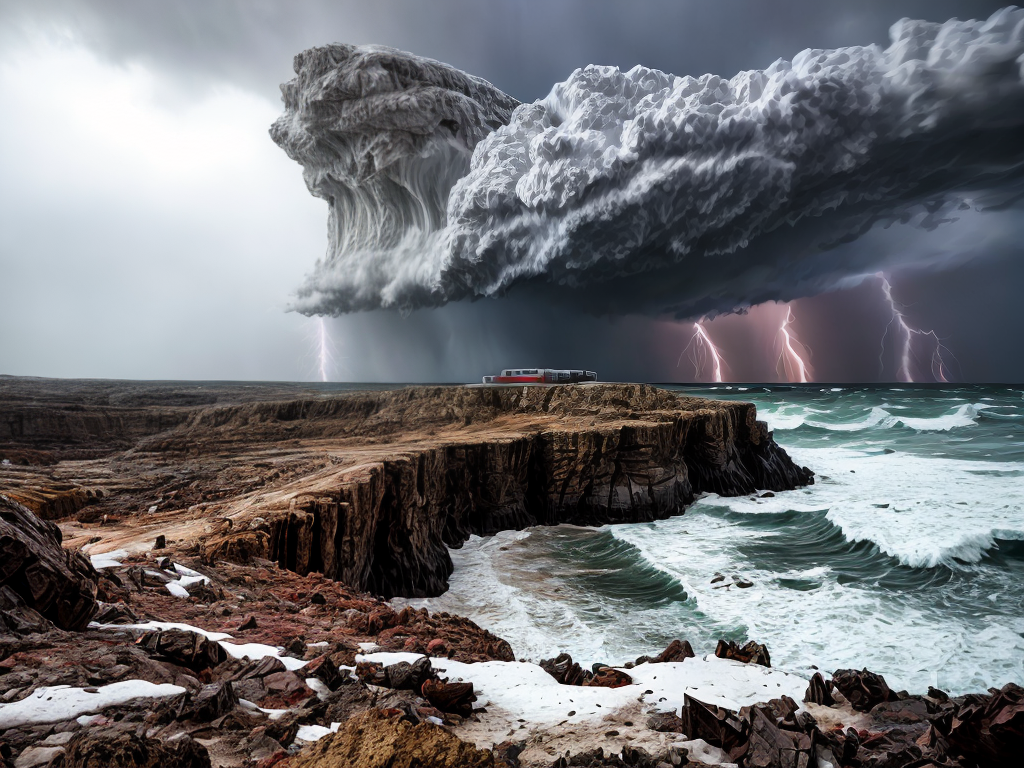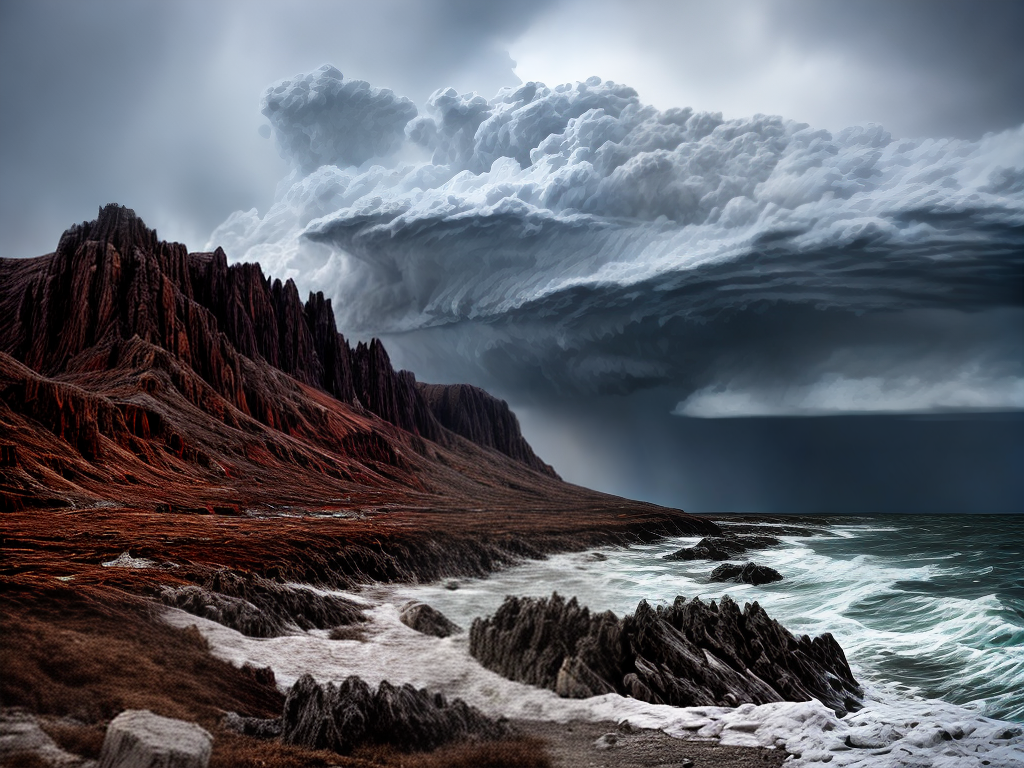
When venturing into the wilderness, one indispensable skill that every hiker should have is backcountry navigation. The ability to read a map and use a compass is fundamental to mastering topographic maps.
Map reading helps you understand the terrain, locate your position, and plan your route accordingly.
Topographic maps or hiking maps contain crucial information about elevations, distances, and specific landmarks.
They assist in identifying the best trail for hiking, understanding the topography for hikers, which is not possible with ordinary maps. Backcountry map reading requires recognizing contour lines, scales, and symbols specific to topographic maps.
Undoubtedly, backcountry navigation tools like a Garmin GPS for hiking and a Suunto compass come in handy. These tools, along with map and compass navigation skills, are essential for off trail navigation. of a safe and successful outdoor adventure.
Whether navigating rugged mountain terrains or exploring vast forests, having accurate, real-time location data can mean the difference between a rewarding expedition and a potential wilderness mishap.
It reduces the risks of getting lost,.
‘Click here to learn more about’ pro outdoorsurvival.com
Mastering Backcountry Navigation An Introduction
Treading into the less-traveled routes can truly be exhilarating. Such backcountry trekking requires a deeper understanding of navigation techniques for hikers.
Apart from basic map and compass skills, proficiency in interpreting topographic symbols is crucial.
Utilizing outdoor cartography tools, you can gain a better perspective of the terrain.
From deciphering color codes to recognizing distinct features on topo maps for hikers, these are essential skills to hone in order to navigate with confidence.
The use of modern technologies, such as a Garmin GPS for hiking, contributes substantially to off path navigation.
Coupled with traditional compass skills, it paves the way for more efficient route planning for hikers. These tools are not just about pinpointing your location, but also help in making informed decisions while in the wilderness.
Further, mastering backcountry map understanding involves knowledge of scales and grids.
These provide valuable information about distance and can guide you in estimating travel time and planning your day accordingly.
Enrolling in a backcountry navigation course is a worthwhile investment. It provides a structured approach to learning these skills, including understanding hiking maps, map orientation, and wilderness GPS tools usage.
it’s a practical way to ensure you are well-equipped for your outdoor adventures. beyond simply reading a map and a compass.
It involves an understanding of the terrain, weather conditions, knowledge of local flora and fauna, and the ability to make quick, informed decisions under pressure.
This skill is not only integral to survival in the.

Necessity of Topographic Maps for Backcountry Hiking
Understanding Map Skills for Wilderness Exploration
Essentials of Wilderness Map Mastery
Interpreting Topography for Hiking Novices
Suunto Compass A Crucial Tool in Backcountry Hiking
Whether you’re a seasoned explorer or a novice hiker, understanding topographic map reading is vital when exploring the wilderness. The Suunto compass provides the precision needed when mastering topographic maps.
This essential tool, combined with your skills in backcountry map reading, is the key to successful navigation in the wilderness.
The Suunto compass is also ideal for off trail navigation, reducing the uncertainty that comes from venturing off marked trails.
Geared with this reliable tool, hikers can confidently engage in backcountry trekking, expanding their exploration into uncharted territories.
The Suunto compass is an excellent companion to the Garmin GPS for hiking.
This combination offers redundant navigation capabilities, providing an extra layer of safety.
While wilderness mapping may seem daunting at first, the Suunto compass simplifies this process, allowing you to fully enjoy your backcountry hiking experiences.
Therefore, investing in a reliable Suunto compass can significantly enhance your outdoor navigation skills and overall hiking experience.
Key Points About Suunto Compass and Wilderness Navigation
- The Suunto compass is a vital tool for mastering topographic map reading and backcountry map reading, enhancing navigation in the wilderness.
- It is particularly useful for off-trail navigation, reducing uncertainties that come with venturing into unmarked territories.
- When paired with the Garmin GPS for hiking, the Suunto compass provides redundant navigation capabilities, adding an extra layer of safety during hikes.
- Investing in a Suunto compass can simplify wilderness mapping, significantly improving outdoor navigation skills and the overall hiking experience.
Acquiring and Improving Outdoor Navigation Skills
When it comes to hiking map reading, it’s important to have a good understanding of topography for hikers. Being able to decipher contour lines, vegetation symbols, and hydrographic features on topographic maps for hiking can mean the difference between getting lost or staying the course.
it’s crucial to combine the use of modern tools such as the Garmin GPS for hiking and traditional manual navigation techniques using a Suunto compass.
This mix of old and new equips the outdoor enthusiast with a more comprehensive set of navigation skills, offering a failsafe when technology lets you down.
Additional aspects to consider are the importance of outdoor navigation training, including both backcountry navigation training and more specialized courses such as orienteering for hikers. These activities provide a practical, hands-on way to practice and refine your navigation skills in a controlled setting.
Gaining proficiency in wilderness navigation tools like the hiking compass, and mastering map and compass navigation, is a key part of enhancing your hiking experience and personal safety.
Remember that successful backcountry navigation goes beyond map reading.
It involves understanding hiking maps, interpreting the landscape, and using environmental clues to verify your position—a combination of skills that may be summed up as backcountry map understanding.
Detailed Topography Guide for Wilderness Trekkers
Being well-versed in backcountry map skills plays a crucial role in off trail navigation. It is equally important to grasp the art of topographic map reading, which involves not just recognizing terrain features, but also understanding topo maps of varying scales, colors, and symbols.
Outdoor cartography skills, honed through regular practice, allow trekkers to translate a flat piece of paper into a three-dimensional landscape in their mind.
It helps in identifying ridges, valleys, and other natural features, aiding in navigational skills for hikers.
Acquiring a good quality hiking GPS, like the best GPS for hiking, can provide real-time location data, while a reliable Suunto compass can serve as a practical and fail-safe companion for your outdoor adventures.
To further enhance your understanding of wilderness mapping, consider enrolling in a backcountry navigation course. Such training can delve deeper into aspects like topo map interpretation, map orientation for hikers, and wilderness map mastery, equipping you with greater confidence when navigating challenging terrains.
Lastly, remember that backcountry trekking is not just about having the right tools. it’s about possessing the outdoor navigation skills to use them effectively, and the wisdom to appreciate the beauty of the wild while plotting your next step.
| Key Skills for Backcountry Navigation | Tools to Aid in Backcountry Navigation |
|---|---|
| Understanding and interpreting topographic maps | A good quality hiking GPS for real-time location data |
| Translating a flat map into a three-dimensional landscape mentally | A reliable Suunto compass for practical and fail-safe navigation |
| Enrolling in a backcountry navigation course for mastery | GPS and compass in conjunction with map skills |
The Art of Planning Routes for Hiking
In the realm of hiking navigation skills, the utilization of the best GPS for hiking such as the Garmin GPS for hiking is crucial for route planning for hikers. This tool allows you to track your real-time location, plot your route and mark key waypoints.
Electronics can fail.
Therefore, mastering topographic maps, reading hiking maps, and understanding hiking maps are invaluable skills.
These maps offer a wealth of information – from identifying potential water sources to predicting terrains and elevations, elevating your outdoor navigation training.
When planning your route, it’s key to remember that the shortest path isn’t always the easiest or safest.
The topographic maps for outdoor activities provide details about the terrain, allowing hikers to avoid steep hills, rocky terrains, or dense forests – which are often not discernible from a standard trail map.
Beside maps, a key cornerstone of backcountry navigation is the trusty compass.
The Suunto compass is renowned for it’s durability and precision among hikers.
Paired with backcountry map navigation skills, this tool enables advanced route planning, including traversing off path navigation and navigating backcountry trails.
As you gain experience in map and compass navigation, you will become proficient in conducting your own route planning for hiking. journey, whether it is a long road trip or a short weekend getaway.
Tips and Tricks Reading Hiking Maps Like a Pro
One of the unique skills in wilderness mapping is the interpretation of contour lines on topographic hiking maps. These lines reflect the shape and elevation of the terrain and are crucial for understanding where you are and the type of terrain you’re dealing with.
If the lines are close together, it denotes a steep slope, while lines farther apart indicate a gentle slope.
Outdoor cartography also covers symbols and colors.
For example, black dots represent houses; green indicates forests, while blue is for bodies of water like lakes, ponds, and streams. Recognizing these elements comes with practice and enhances your backcountry map skills.
In the era of modern technology, utilizing wilderness GPS tools like Garmin GPS or a simple hiking compass can prove to be great aids. They provide real-time tracking and can guide you if you ever get lost.
Relying solely on these tools is not advised, as batteries can fail, signals can be lost, which emphasizes the importance of wilderness navigation skills.
Lastly, adopting backcountry navigation strategies, such as the aim off or catching features technique, can assist in accurate navigation.
The aim off technique involves intentionally aiming off-course to certainty reach a desired feature. far or strayed off your intended course. Such features could be large bodies of water, mountain ranges, highways, or specifically notable buildings which stand out in the landscape.
These catching features serve as a safety net for navigators and explore.
Key Points on Wilderness Mapping and Navigation
- Contour lines on topographic hiking maps are crucial in understanding the shape and elevation of the terrain. The proximity of the lines indicates the steepness of the slope.
- Symbols and colors on outdoor maps have specific meanings. For instance, black dots represent houses; green indicates forests, while blue is for bodies of water.
- Modern technology tools like Garmin GPS or a simple hiking compass can provide real-time tracking and guidance. Reliance on these tools should be limited due to potential failures like battery depletion or signal loss.
- Backcountry navigation strategies such as the aim off or catching features technique can aid in accurate navigation. These techniques use prominent landscape features as safety nets for navigators.

